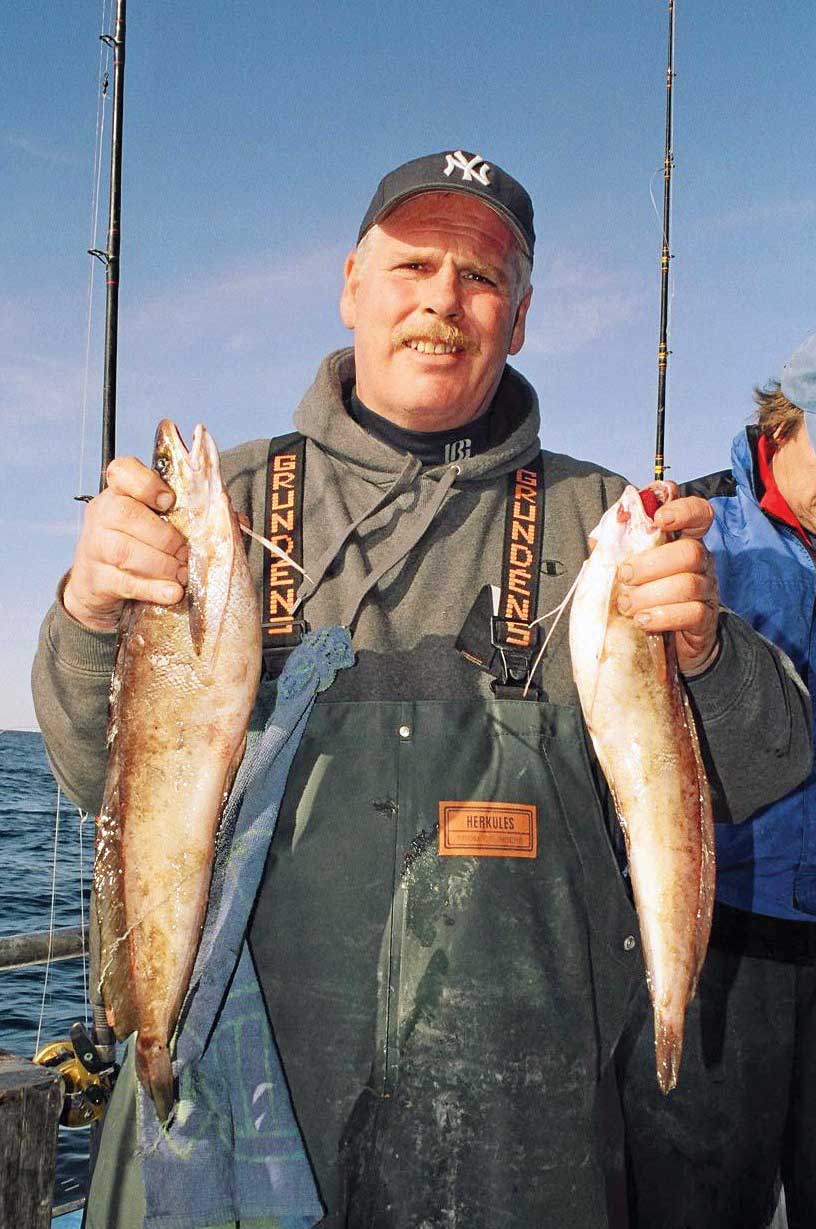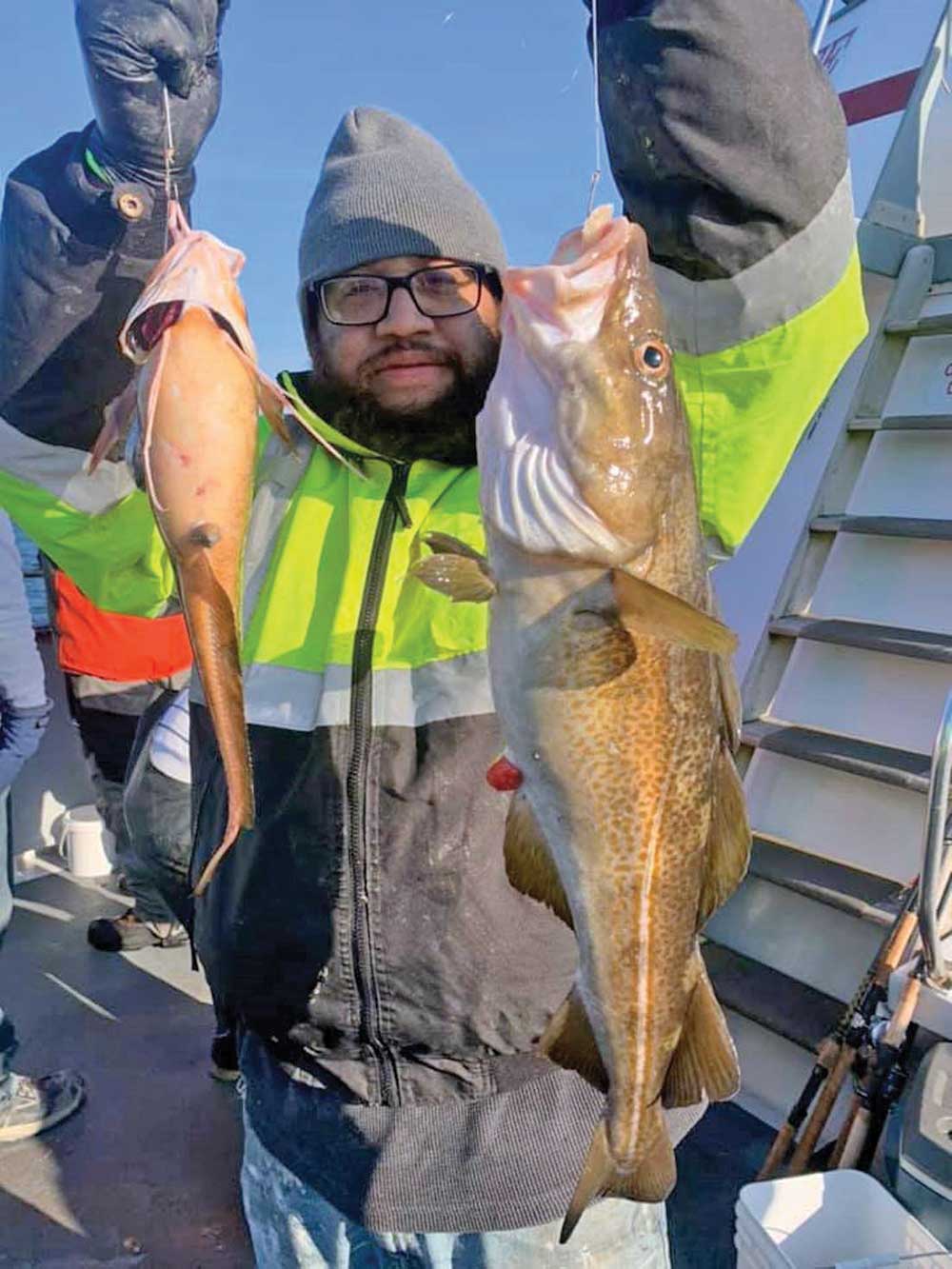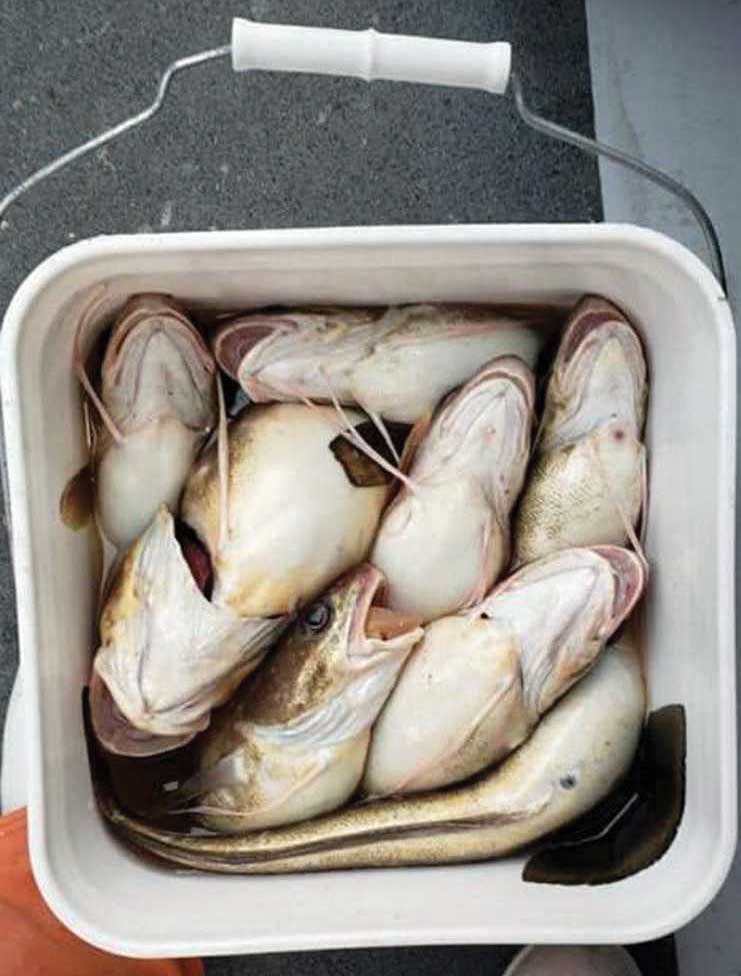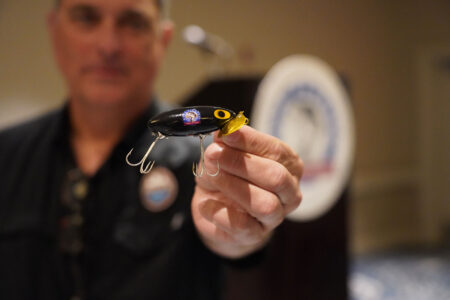Many anglers are looking for repeat of last spring’s widespread action with red hake, aka ling.
They may not win any beauty pageant, nor will they win any tug of war feuds. However, what they lack in looks and strength is surely valued by their outstanding table fare. Best of all, they are only a local wreck, reef or rock pile away. The species is called red hake, better known as ling. Although they have been relatively abundant over the years, the spring and summer of 2019 saw incredible fishing, especially along the waters of the New York Bight with most anglers able to sink the boat with ling if they wished. And while the south shore west end produced tasty ling galore, the waters outside of Fire Island Inlet and east to the waters of Block Island also produced numerous amounts of the groundfish, providing you can find a piece of bottom that wasn’t littered by the abundant sea bass. Therefore, if putting a platter of this delicate white meat on the dinner table sounds appealing, then here are a few things you should know before you go.

Life as a Ling
Ling are a cold water groundfish that are found along the inshore waters of the south shore from March through June and then again from November through January. A member of the cod family, they possess the distinctive barbel on their chin, common with this family. It is more elongated than the cod, with the first dorsal fin triangular but the second dorsal and anal fins are long. Most ling will average between 1 and 3 pounds; however, an occasional fish of 5 or 6 pounds may make its way into the cooler. A ling is easily identified as the body is elongated with two dorsal fins and one long anal fin. Its coloration is variable depending on the bottom it inhabits. For the most part they are usually reddish and often dark or mottled. Their migration inshore and offshore is fluctuated by water temperatures preferring temperatures between 40 and 60 degrees. Therefore, during the spring and late fall, ling will move into the shallow depths within a 100 feet of water and move out into the deeper cooler depths during the summer months. Ling are slow-moving, sluggish swimmers that feed mostly upon sea creatures that they don’t have to chase including crabs, clams and little crustaceans that inhabit rocks, wrecks and reefs along the ocean floor.
Trash to Treasure
Reefs in our neck of the woods are man-made using a large variety of objects such as cars, aircraft, demolition spoil, military tanks and concrete reef balls. All of these provide hard surface to which algae and invertebrates such as barnacles and crustaceans attach; the accumulation of attached marine life in turn provides intricate structure and food for communities of fishes, such as the ling. Marine life rapidly establishes on and around these submerged structures. Artificial reefs enhance the diversity of marine life typically barren of sea life such as ordinary sandy bottom. For the most part, placement of a reef occurs near inlets or in areas of migratory paths. Just as most inshore and offshore wrecks, ling will snuggle inside cubby holes along the reefs staying clear of danger from predators that also find ling quite tasty. Once all is clear, the ling will creep out of their safe havens and munch away.

Most structure that rests along the South Shore sea floor is relatively large where you will find ling scattered about in their never-ending search for food. Oddly though, ling may tightly pack on a piece of the structure and leave other pieces barren. Therefore it would be a good idea to drift along the edges of any piece of structure until you locate ling. Mark the spot with a GPS and once you have honed in on the target area, you can opt to anchor over the fish. If that becomes the case, make sure your anchor is in good working order and there is plenty of rope to scope and to make the necessary adjustments to properly sit on a piece. Since there is always the possibility of the anchor getting wedged in between the structure, bring along an extra one so your day is not ruined. Lifting the anchor with the aid of an anchor ball will make life a lot easier especially during windy days when lifting the anchor becomes a tough job. On areas with low profile such as rubble, shell beds and rockpiles, it may be a good idea to drift when light winds and slow currents permit.
Quite simply, clams and squid cut into small strips are the standard baits that get the job done, however the menu doesn’t stop there, particularly when looking for the true pot belly baseball bat sized ling. Cut fish bait such as cunner, mackerel and herring work well whether chunked or stripped down. Whatever the case may be, make sure to use pieces just big enough to cover the hook. This will work extremely well and allow you less baiting and more time fishing.
Go Light on Tackle

Ling will surrender rather easily, hardly putting up resistance. In fact, they have earned the name “ocean weak fish.” Nevertheless, I would recommend 6- to 7-foot rods coupled with reels and line rated between 20- and 30-pound class. These outfits are best suited to deal with the structures of the reef as well as if you decide to drift. Since ling will seldom move too far off the bottom, it is relevant to employ rigs that present your offering close to the bottom. A tandem or hi-lo rig tied to a pair of super sharp Gamakatsu 1/0 through 3/0 bait holder hooks will do just fine. Sinkers round out the terminal end, where depending on conditions, 2- to 8-ounce bank sinkers should be enough to hold bottom. Be sure to bring plenty of extra rigs and sinkers in case any succumbs to the wreckage.
Your prime concern should always be safety. Make sure to check weather and sea condition reports before heading out. Days when winds are less than 15 knots are desirable, which should provide relatively calm seas. Should the wind start blowing unexpectedly, the run back to the inlet from most of the South Shore inlets can be challenging; therefore, be aware of the elements. Keep in mind that there are shallow shoals in front of most of the inlets, which creates some large breakers particularly during periods of wind against current. Please exercise caution as you cross this area since breakers can be unpredictable. Between late fall and early spring, hopping aboard a party boat is always a wise choice. It’s safe, more comfortable and the captains know where to find ling.
Handle With Care
The flesh of a ling is much softer than many other types of cold-water species and bruises easily. Therefore, make certain to land and handle them carefully. Bleeding the fish with a throat cut, then gutting and packing them on ice, as they are caught will assure they will be in prime condition when it comes time to fillet. Take care not to pack too much ice on these fish as their soft bodies can be easily crushed. Providing you vacuum seal your catch for future use, ling makes a fine candidate for freezing. The opposite holds true if the fish are not packed airtight. In fact, not only will they freezer burn quickly but their texture becomes increasingly tough and rubbery during frozen storage. Indeed, they will never win a prize for glamour or strength, but their taste will keep you coming back for more. Just remember a good day of fishing doesn’t mean a cooler full of fish. Please practice self-restraint by keeping only what you need and returning the rest.
ARTIFICIAL REEF COORDINATES
Rockaway Reef………………..………40 32.730 / 73 51.210
Atlantic Beach Reef………………….40 32.020 / 73 43.700
McAllister Grounds………………….40 32.300 / 73 39.700
Hempstead Town Reef….…..….…40 31.250 / 73 33.350
Fire Island Reef…………………..……40 36.100 / 73 13.500
Moriches Reef…………………….……40 43.470 / 73 46.640
Shinnecock Reef………………..…….40 48.167 / 72 28.667



